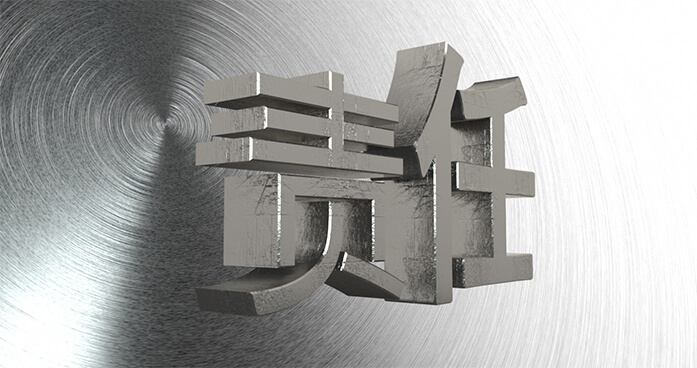
The voestalpine cultural society
The voestalpine Linz Choir and the voestalpine Brass Band make up the Cultural Society’s musical branch. Both are steeped in a long tradition, and their music has graced many an event through the years, both inside and outside the company. The Brass Band’s annual concert in the Brucknerhaus Linz is a fixture of the local cultural scene.
The Cultural Society’s fine arts section encompasses a fine arts group and a ceramics workshop. Both are located in a building within voestalpine’s Linz facility and regularly organize exhibits.
Interest in the company’s history also is a fixture of the voestalpine Cultural Society. Retired employees have been active in the Geschichteclub Stahl (Steel History Club Association) for more than 30 years. The Association has rendered outstanding services to the community at large, especially by designing exhibitions and archiving photographs and objects. To this day, the Association’s members make a pivotal contribution to assessments and analyses of the company’s history from its beginnings in the years 1938–1945 all the way to current developments.
Erinnerungszeichen (signs of remembrance)
Analyzing and appraising its own history is a matter of great importance to the voestalpine Group. In 2014, the Museum of Contemporary History (Zeitgeschichte MUSEUM) created a permanent place of remembrance and memorialization dedicated to the fate of the forced laborers used between 1938 and 1945 in the construction and operation of the Linz plant of the entity named “Reichswerke Hermann Göring AG Berlin.” The city of Linz itself continues to focus on actively re-examining and remembering the period of National Socialism. The artist, Andreas Strauss, won a design competition aiming to create personalized remembrances in public spaces for victims of the Nazis.
His proposal consists of metal stelae with doorbells on which are engraved the last freely chosen residences, the names as well as the dates of birth and death of Jews in Linz who became victims of the Nazis. Apprentices at the Steel Division’s Linz training center will produce these stelae. The artist was keen on including young people in the project. He will collaborate with the apprentices directly so that he can introduce them in greater depth to the project’s backdrop and the remembrances for victims of the Nazi regime.

